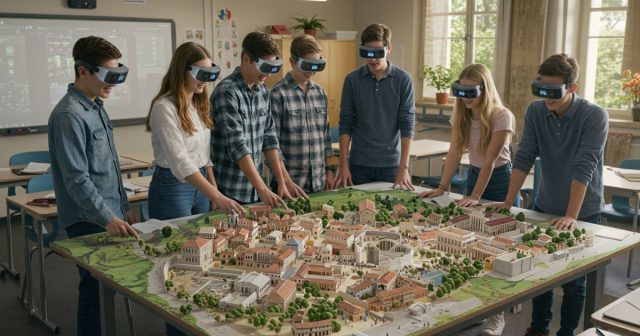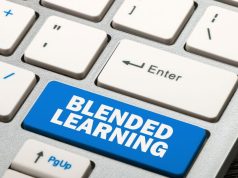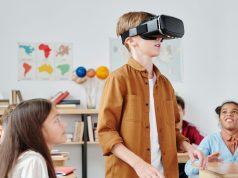Across the last decade, educational technology has pioneered new ways to engage students, personalize learning, and break down traditional barriers to knowledge. From interactive whiteboards to virtual reality labs and immersive learning platforms, each innovation has transformed the classroom experience. Among these emerging tools, augmented reality in education stands out for its ability to overlay digital information and 3D models onto the real world, creating interactive and meaningful learning opportunities. By blending virtual elements with physical environments, AR encourages hands-on practice, active exploration, knowledge retention, and student engagement. As hardware costs decline and software solutions become more accessible, AR is poised to reshape the future of teaching and learning.
In this comprehensive guide, we will explore the fundamentals of augmented reality in education, highlight key benefits, examine successful applications across various subjects, discuss best practices for implementation, and showcase inspiring case studies. Whether you’re an educator, school administrator, or EdTech enthusiast, this article will equip you with the strategies and insights you need to transform your classroom into an interactive, technology-driven learning hub powered by augmented reality.
Understanding Augmented Reality in Education
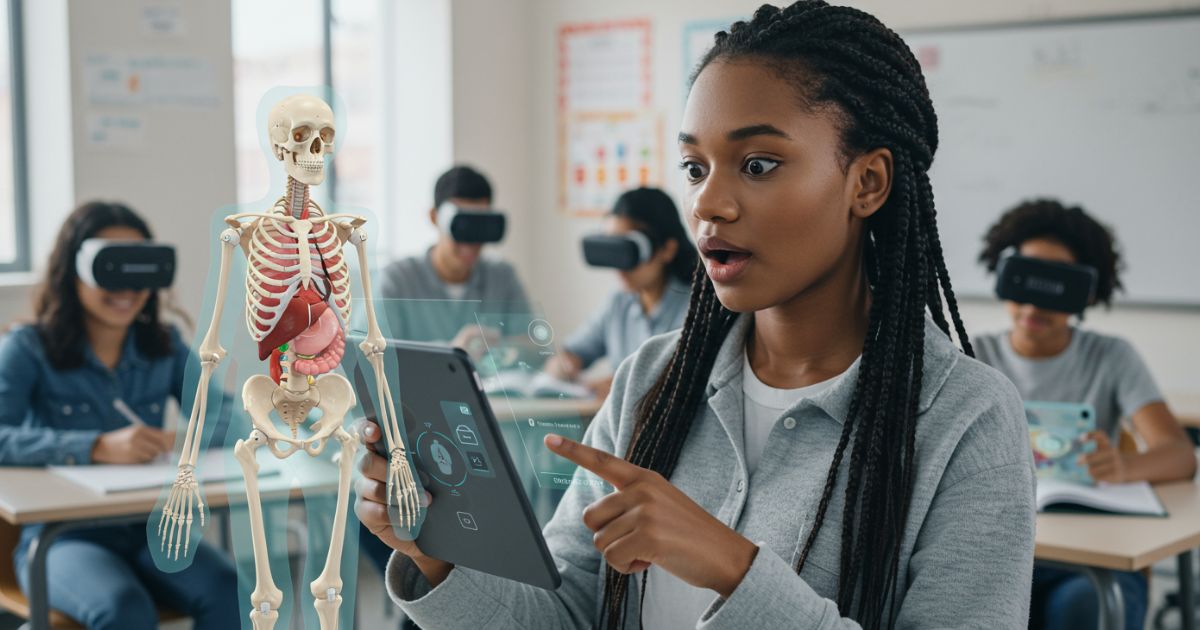
Augmented reality (AR) is a technology that superimposes computer-generated images, text, or animations onto a user’s view of the real world, often through smartphone screens, tablets, or AR glasses. Unlike virtual reality, which immerses learners in a fully simulated environment, AR enhances existing surroundings by adding interactive digital layers. This hybrid approach allows students to maintain a connection with the physical classroom while engaging with dynamic 3D models, interactive simulations, and contextual information tailored to lesson objectives. From anatomy charts that come to life to historical artifacts reconstructed in full scale, AR offers a bridge between abstract concepts and tangible experiences. In practical terms, educators can deploy AR via web-based applications or dedicated platforms that support marker-based triggers, location-based overlays, and spatial mapping. This versatility makes it possible to introduce AR with minimal infrastructure upgrades, leveraging devices that many students already own. In the following sections, we will delve deeper into how AR can unlock new dimensions of learning and why it deserves a place in modern teaching strategies.
Key Benefits of AR in the Classroom
- Enhanced Engagement and Motivation
- Improved Concept Comprehension
- Personalized, Self-Paced Exploration
- Safe Simulation of Complex Scenarios
- Collaboration and Social Learning
AR experiences transform passive observation into active participation. By interacting with 3D visualizations, students develop an intuitive understanding of abstract theories, whether in physics, chemistry, or mathematics. The hands-on nature of AR encourages experimentation, allowing learners to test hypotheses and receive immediate feedback. Furthermore, AR facilitates differentiated instruction. Teachers can offer multiple levels of detail and scaffolding within the same AR app, empowering students to explore content at their own pace. From dissecting virtual frogs to studying the geometry of polyhedra, AR creates a secure space for trial and error. Ultimately, many AR activities support collaborative projects, where students work together to solve challenges, annotate environments, and share insights, thereby fostering communication and teamwork skills essential for the 21st century.
Applications of AR Across Subject Areas
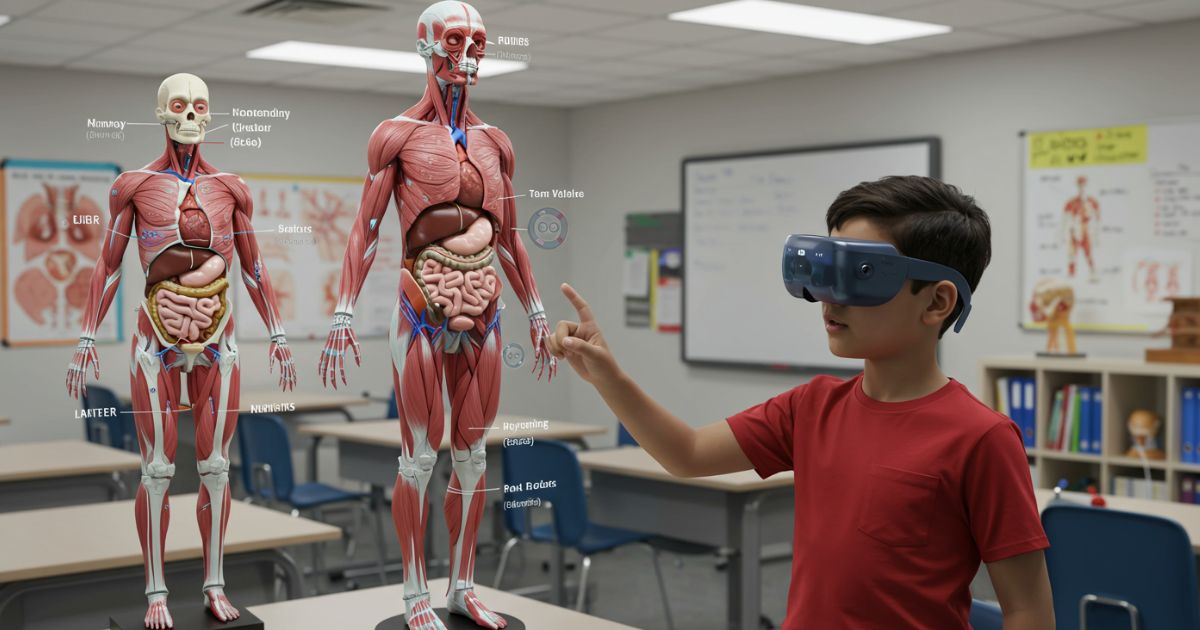
- Science and Biology: Visualize cellular processes by bringing molecules to life in 3D, conduct virtual dissections without ethical concerns, and explore the human body layer by layer.
- Mathematics: Interact with geometric shapes in real space, manipulate angles and dimensions to understand volume and symmetry, and visualize algebraic functions graphically.
- History and Social Studies: Recreate historical sites and events on classroom walls, virtually transport students to ancient civilizations, and bring artifacts into three-dimensional view for closer examination.
- Language Learning: Overlay contextual translations onto real-world objects, practice vocabulary in immersive scenarios, and engage in interactive storytelling with AR characters.
- Art and Design: Virtually sculpt 3D models, simulate color theory experiments on canvases, and project digital art onto physical spaces for critique and exploration.
Implementing AR: Strategies and Best Practices
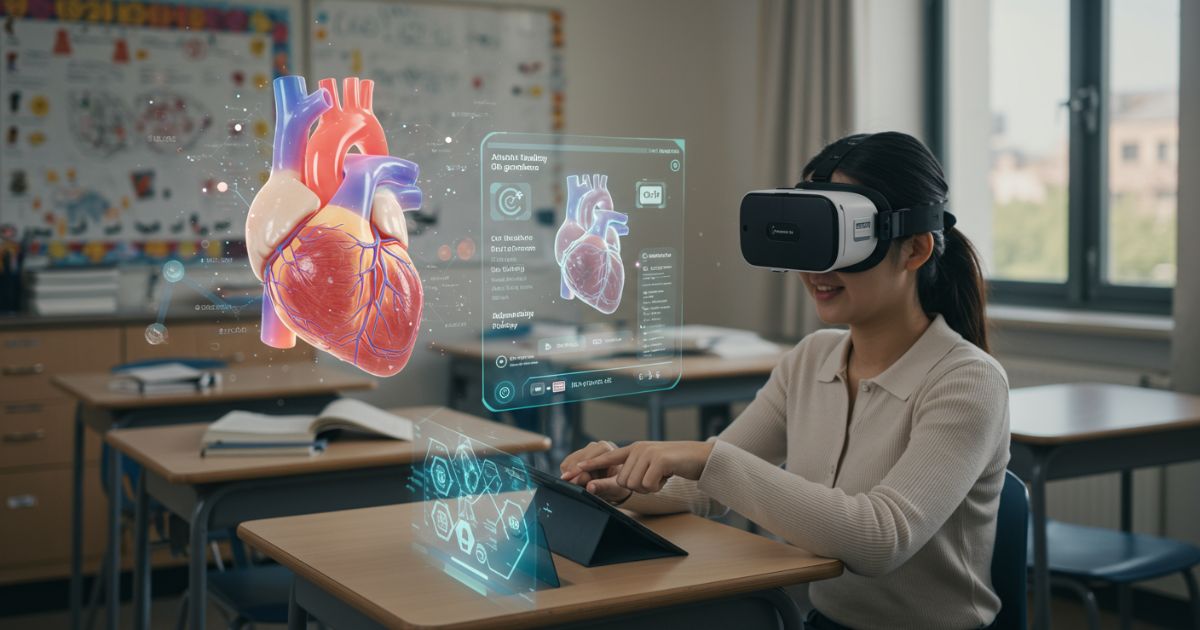
- Assess Infrastructure and Choose Platforms: Evaluate current devices and network capabilities. Select AR solutions compatible with existing hardware—smartphones, tablets, or dedicated AR headsets—and prioritize user-friendly platforms with robust teacher support.
- Design Learning Objectives: Align AR activities with curriculum standards and desired learning outcomes. Define clear goals for student engagement, knowledge acquisition, and skill development to measure impact effectively.
- Professional Development for Educators: Invest in ongoing training workshops and collaborative communities of practice. Equip teachers with the technical skills to deploy AR lessons confidently and integrate pedagogical strategies that maximize student interaction.
- Create Accessible Content: Ensure AR experiences cater to diverse learners. Incorporate adjustable difficulty levels, audio narration, and multilingual support to accommodate varying needs and learning styles.
- Blend with Traditional Methods: Use AR as a supplement, not a replacement. Combine AR modules with group discussions, hands-on projects, and reflective assignments to reinforce learning and critical thinking.
- Collect Feedback and Iterate: Gather student and teacher input through surveys, direct observations, and performance data to inform iterative improvements. Refine AR activities based on insights to enhance usability and educational value over time.
Case Studies: AR Success Stories
Case Study 1: Virtual Chemistry Lab at Brookside High
Brookside High School implemented a mobile AR app that allowed chemistry students to visualize molecular structures and chemical reactions in 3D. By interacting with animated compounds, learners reported a 30 percent increase in test scores compared to traditional lab activities. Students praised the safe, cost-effective environment that eliminated the need for hazardous chemicals.
Case Study 2: Augmented Reality in World History at Elmwood Middle School
Elmwood Middle School introduced AR-enabled history modules that recreated ancient Rome and the Egyptian pyramids within the classroom. Students walked around virtual architectural wonders and accessed embedded narratives narrated by historical figures. Engagement surveys showed a 50 percent boost in student motivation, and retention quizzes indicated deeper content comprehension.
Case Study 3: Language Immersion with AR at Riverside Language Academy
At Riverside, Spanish learners used AR glasses to scan everyday objects, receiving context-sensitive translations and pronunciation guides in real time. Teachers incorporated AR into role-playing scenarios, simulating marketplaces and restaurants. Feedback revealed dramatic improvements in speaking confidence and vocabulary recall, particularly among visual learners.
Challenges and How to Overcome Them
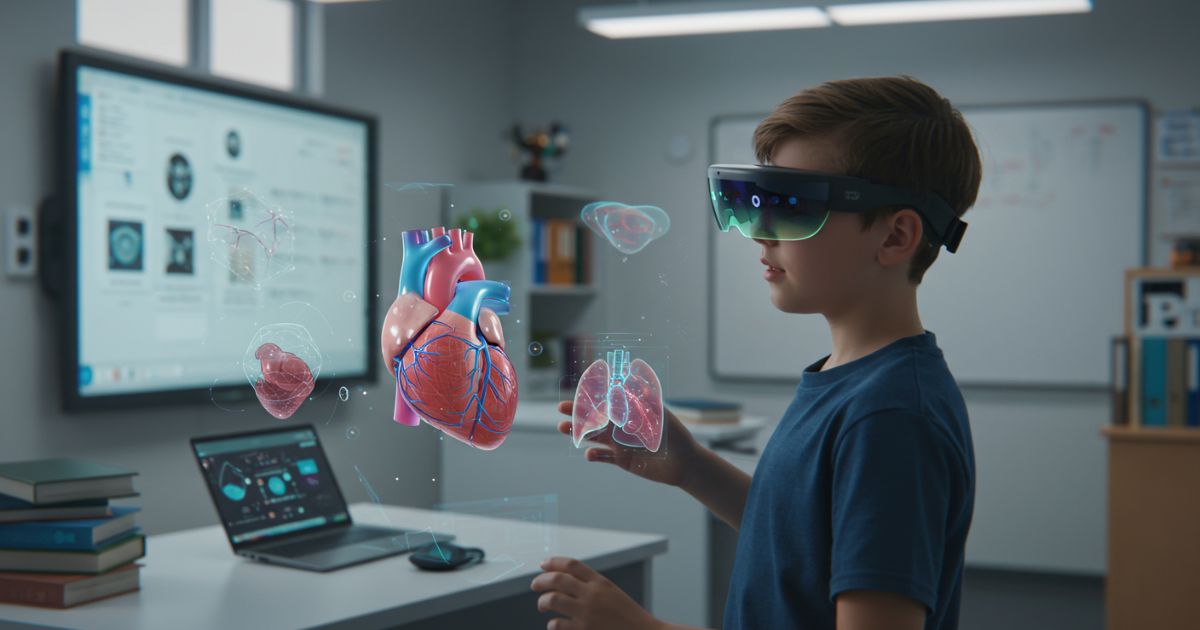
- Technical Limitations: Slow internet or outdated devices can hinder AR performance. Solution: Run pilot tests, optimize content for offline use, and provide device loan programs to bridge access gaps.
- Teacher Readiness: Some educators may feel overwhelmed by new technologies. Solution: Offer scaffolded training, peer mentoring, and readily available instructional resources to build confidence over time.
- Content Quality and Relevance: Poorly designed AR experiences can distract rather than educate. Solution: Partner with reputable content providers, involve subject matter experts in the design process, and pilot content with small student groups to gather feedback.
- Cost Concerns: Acquiring AR hardware and software licenses can strain budgets. Solution: Explore open-source platforms, grant opportunities, and phased rollouts that prioritize high-impact lessons.
The Future of AR in Education
As AR technology matures, we can expect tighter integration with artificial intelligence, enabling adaptive content that responds to individual learners’ progress in real-time. Lightweight AR glasses will replace handheld devices, offering seamless, hands-free experiences. Cross-institutional AR networks could allow students from around the world to collaborate on immersive projects, breaking down geographical barriers to education. Ultimately, augmented reality will not just be a novelty but a core component of inclusive, engaging, and personalized learning ecosystems.
Conclusion
Augmented reality offers a powerful new paradigm for education—one that bridges digital content with the tangible classroom environment. When combined with virtual reality in education, AR can create fully immersive and interactive learning experiences that enhance engagement, deepen comprehension, and foster collaboration. Implementing AR requires thoughtful planning, ongoing support, and a commitment to iterative improvement. However, the rewards—measured in motivated learners, enriched experiences, and improved outcomes—make the effort worthwhile. As schools embrace these technologies, augmented and virtual reality will continue to unlock new possibilities for teaching and learning in the years to come.

